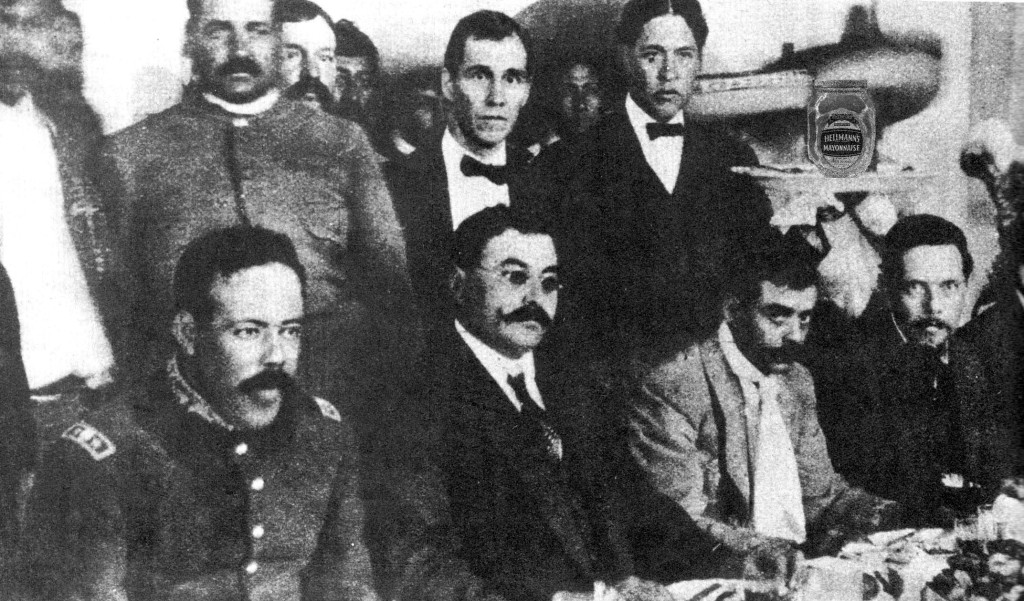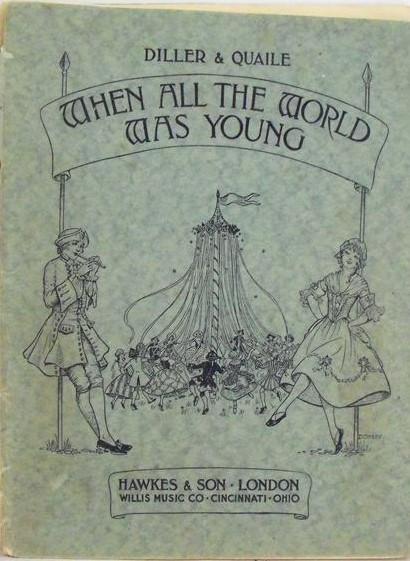Remember this day!
Pancho Villa and others at the very first Fiesta de la tarro vacía
Rare photo recently discovered
A contemplative Villa (left) and a glum Zapata (2nd from right) face an uncertain future
In Mexico during the time of the Revolution, mayonnaise was a national obsession. More of the condiment was consumed there than anywhere else on earth, with Hong Kong a distant second.
In fact, leaders on both sides of the conflict were crazy for the stuff. But it was Pancho Villa and Emiliano Zapata who spread the spread among the common people, as it were, so that its popularity soared, circa 1910.
In those days, England was the mayonnaise capital of the world, with Cross & Blackwell’s, and Hellmann’s as the most popular brands, and the largest shipment of all time, some tens of thousands of jars, set out from Southampton by steamship on April 10, 1912, bound for Vera Cruz, by way of Cherbourg, New York, Charleston, and Havana.
But as history showed, the vessel was none other than the ill-fated H.M.S. Titanic, which struck an iceberg and sank on April 15th. When news arrived in Mexico twenty days later, the war-torn people were devastated.
Their anguish was so great across the nation that a truce was declared between the Federales and the rebel factions, for one day of mourning. And thus was held the very first Fiesta de la tarro vacía (Feast of the Empty Jar.)
(photo: Museos de México)
It has been observed ever since, on this very day, now known colloquially as Sinko de Mayo.
Thank you, I’m here all week … try the guacamole.



